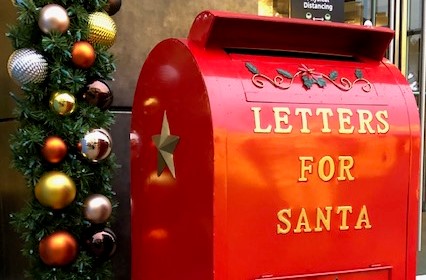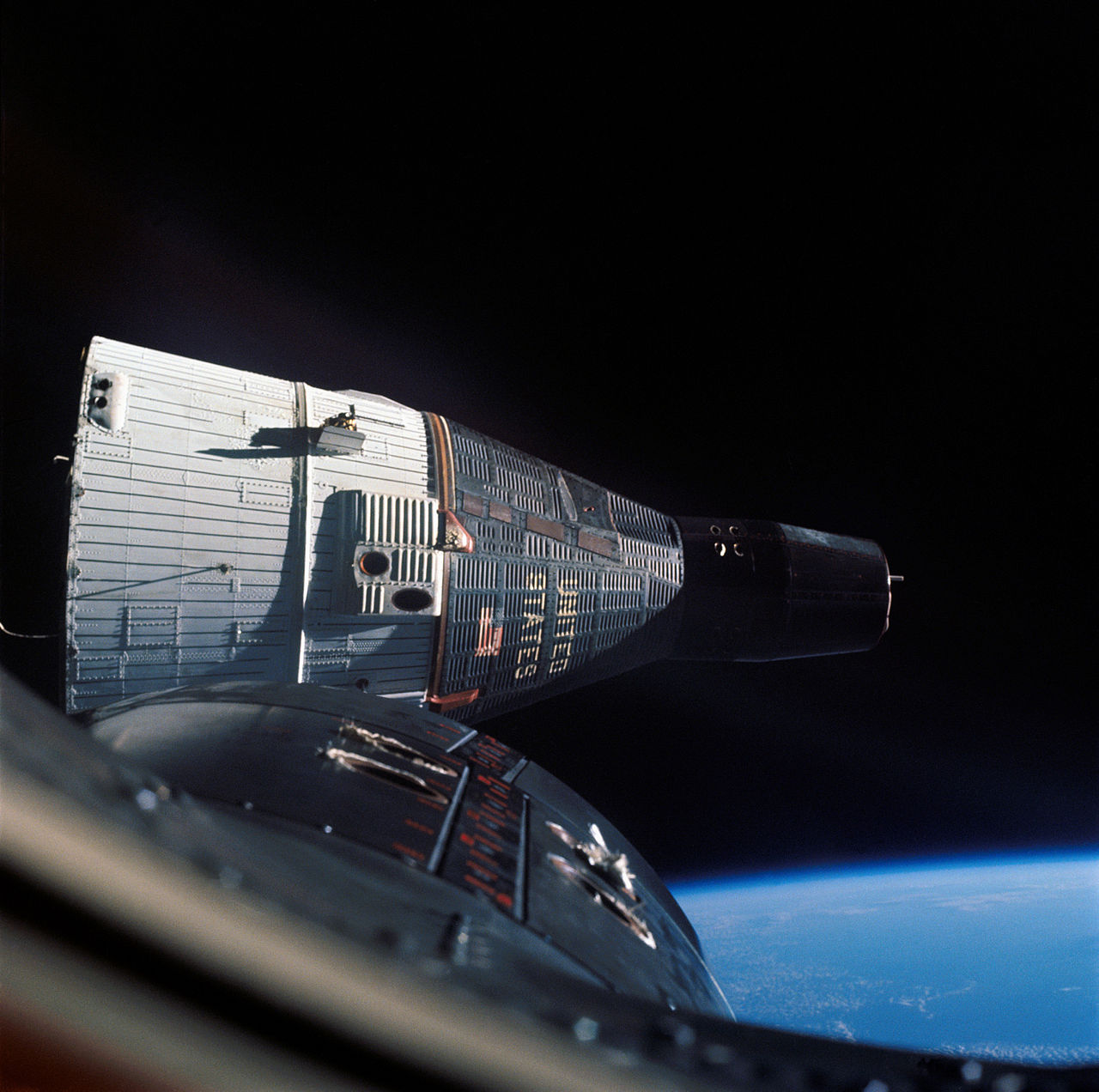Santa's Post Office Receives 2,000,000 Letters A Year!

Every year, children all over the world write letters to Santa and drop them in the mailbox, but where do the letters go? You might guess they get shipped directly to Santa's workshop at the North Pole, but the truth is that Santa has his own dedicated postal address in Canada! Children who address their letters to Santa Claus, The North Pole, H0H 0H0 Canada, will receive a reply from one of Santa's dedicated helpers. During November and December, Santa's post office receives an average of 32,000 letters a day! That's nearly a million letters a month, meaning Santa's helpers respond to nearly two million letters every year. So if you're still waiting on a reply to your letter to Santa, be patient. He's got a lot of reading to do!
The Largest Gingerbread House Ever Built!

Gingerbread houses are a time-honored Christmas tradition enjoyed by families all over the world. Everything's bigger in Texas though, and in 2015 a group of volunteers from the Traditions Club in Bryan, Texas set the Guinness World Record for the Largest Gingerbread House ever constructed. The record-setting gingerbread house was a life size single-story house, measuring 60 feet long, 48 feet wide, and 20 feet tall. Constructed around a sturdy wooden frame, the giant gingerbread house's recipe called for 1,800 pounds of butter, 7,200 eggs, 7,200 pounds of flour, 3,000 pounds of brown sugar, 225 gallons of molasses, and more than 22,000 pieces of candy! By charging visitors a small entrance fee, this impressive feat of confectionary architecture raised over $200,000 dollars for St. Joseph's Hospital.
Americans Use 4.5 Million Pounds of Wrapping Paper Every Year!

Every year, Americans celebrating Christmas buy a lot of gifts for their friends and families, and it takes a lot of paper to wrap those gifts. Specifically, it takes four and a half million pounds of wrapping paper every, single, year. Let's break that down. Your average 30 inch roll of wrapping paper weighs about 3 pounds. So 4.5 million pounds of wrapping paper equals 1.5 million rolls. An average 30 inch roll contains 25 square feet of paper. That means Americans buy 37.5 million square feet of wrapping paper each year. With that much paper, you could gift wrap the Empire State Building four hundred and thirty times! Sadly about half of that wrapping paper will wind up in a landfill by New Year's. Want to give a gift to the environment this Christmas? Tell your parents to buy recyclable paper, or save used gift wrap to reuse again next year!
One Million Acres of Christmas Trees!

November rolls around, and suddenly Christmas tree stands start popping up in grocery store parking lots across America. Though it may seem like it, all those Christmas trees don't just spring magically from the ground overnight. It takes six to ten years to grow a Christmas tree and, in America, Christmas tree farmers harvest about 77 million Christmas trees every year! It takes a lot of land to produce that many trees. In America, there are an estimated 15,000 Christmas tree farms covering a total area of one million acres! While it takes a lot of land and water to grow Christmas trees, most environmental groups and environmental scientists still recommend purchasing a real tree over an artificial tree made with plastic derived from fossil fuels, due to the fact that real trees are renewable, compostable, and remove carbon from the atmosphere as they grow.
Jingle Bells: The First Song Ever Played in Space!

On December 16th, 1965, the popular Christmas song "Jingle Bells," became the first song ever played (by humans at least) in space. It was all part of a fun, festive prank planned by the two man crew of the Gemini 6A space shuttle. Before re-entering Earth's atmosphere after successfully completing their mission, the two astronauts aboard Gemini 6A, Thomas Stafford and Walter Schirra Jr, sent a message back to NASA's mission control center in Houston. They told Houston, "We have an object, looks like a satellite going from north to south, up in a polar orbit. He's in a very low trajectory traveling from north to south and has a very high climbing ratio." They pretended they were intercepting a transmission from the strange satellite, and proceeded to perform "Jingle Bells," using a harmonica and a handful of small bells. The Smithsonian Institution maintains that these were the first musical instruments played in space, and keeps the instruments on display at the Aerospace Museum.
